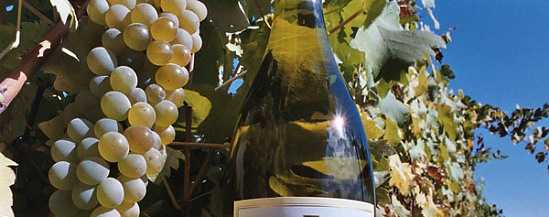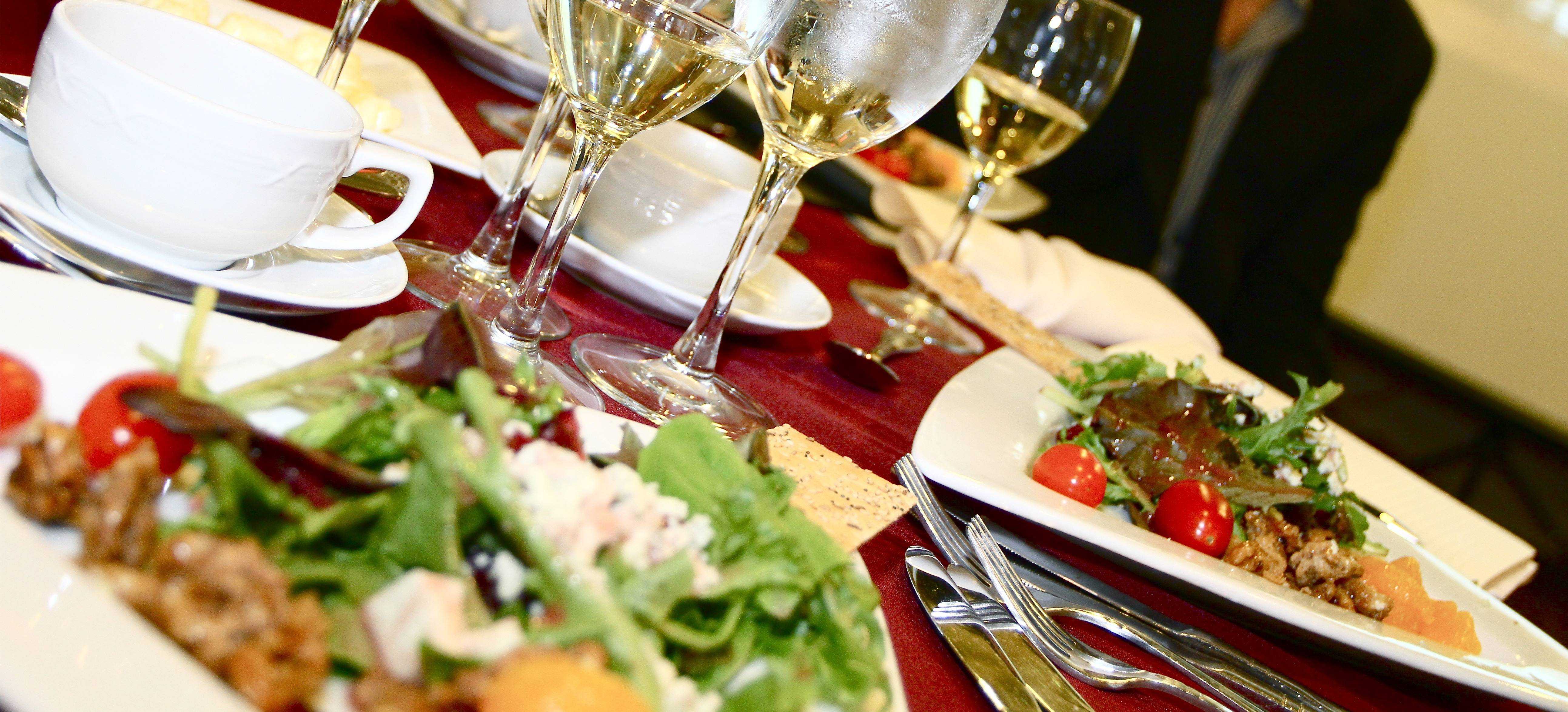I’ve heard many a tourist comment on the number of cultivars that can be found in the small wine belt of our rainbow nation. And I’ve noticed that what gets most of them is our South African mix of old school/new school with a dash of too cool for school. But whether you are partial to the Old World European styles or you prefer to let your hair down with something from the New World, you cannot fail to be impressed with the thriving South African wine scene. As promised, here are some of the more obscure grapes and glasses that are getting the global nod, as fermented by South Africa’s finest:
Barbera: This is a red, Italian wine grape with notes of vanilla, berries and dried fruit. Excellent with pan-friend meats in simple tomato sauces. Hofstraat and Hidden Valley produce great examples.
Cabernet Franc: Is a grape of French origin and a key component of Bordeaux blends, but rarely found in it’s pure form in SA. Raats is our favourite, then Warwick. Pair it with rich varieties of seafood, chicken, turkey and fruit-based pork or veal. She’s not a big, loud wine like the Cab Sauv – the finesse of the peppery notes and tones of tobacco and cassis make it a welcome addition to the lighter side of red wine.
Malbec: This is another French expat that lends its purple grapes and robust tannins to Bordeaux blending. The hints of tobacco and raisins mean it is a pleasant accompaniment to stew and meat dishes. Find it at Le Pommier and Mount Vernon.
Mouverdre: A history infused with Catalan spirit has seen this French varietal become a favorite of many with its wild, earthy notes and soft red fruit flavours. Enjoy a glass or two with rich-bodied pasta, duck, game birds, herbed pork or veal, and beef. Great examples at Beaumont (Ross’s favourite) or Signal Hill.
Bukettraube: Well, as the name implies this is a white wine grape from Germany. With delightful fruit notes of peaches, apricot and butter, this would be well paired with mild cheeses, fruit-based pound cake, creams, custards and souffles. Stock up for the sake of your sweet tooth at Cederberg or Simonsvlei.
Roussanne: This French beauty is known for the variations in flavour and aromas: from flowery herbal teas to notes of honey and pear. Get the Bernard or the Roussane from Rustenberg and enjoy it with antipasti, soups, salads, egg dishes, light pasta and mild varieties of seafood.
And the final wine for ‘A Bit of Varietal Part Deux,’ or should I say ‘Zwei’ is the Gewürtztraminer. Another Germanic gem, this is an aromatic grape with notes of roses, passion fruit with floral hints. Its aromatic flavours make Gewürztraminer one of the few wines that are suitable for drinking with curries. Paul Cluver makes one of the best.
Monday we finish with Part Three…
Read the whole series:

